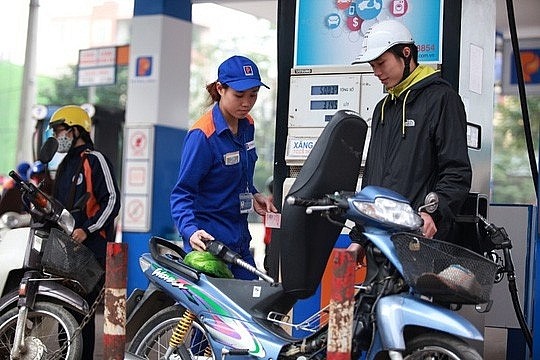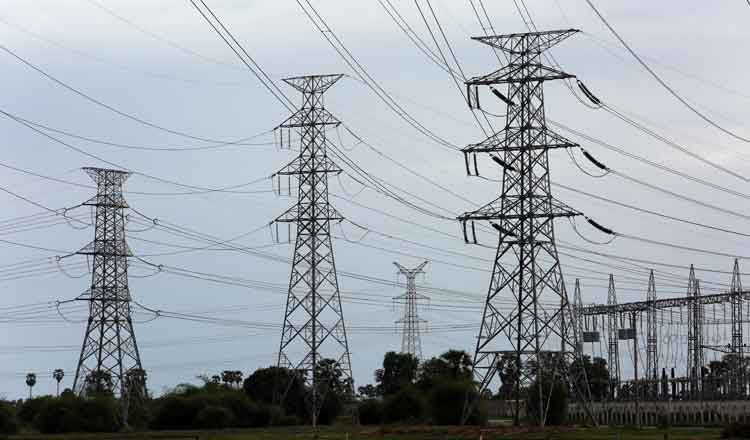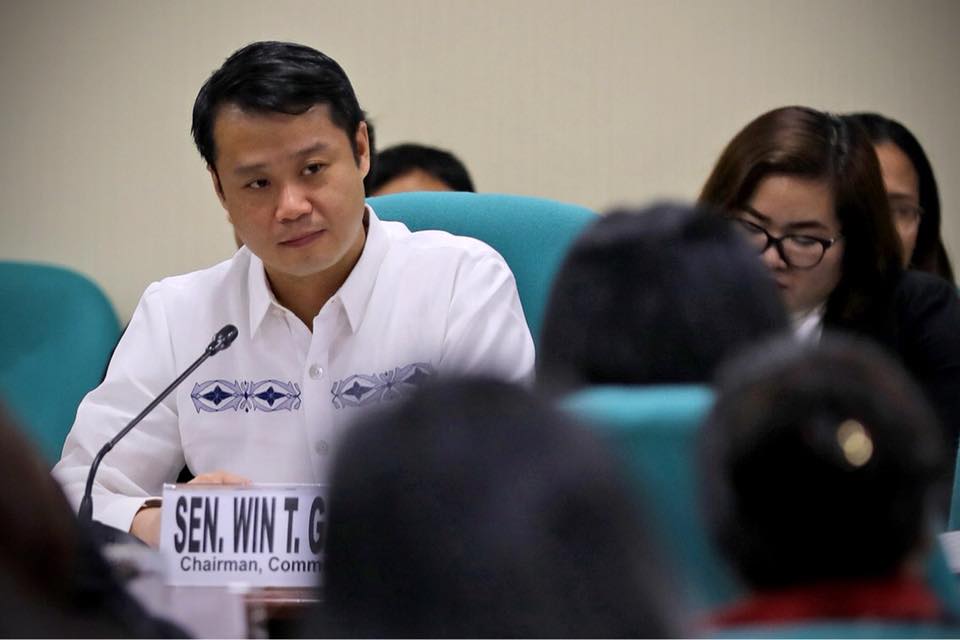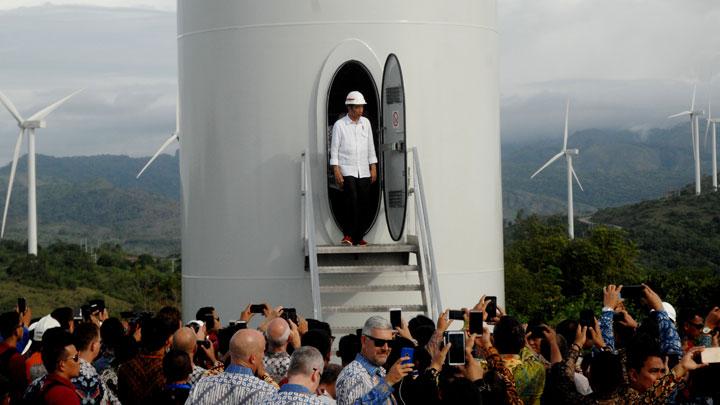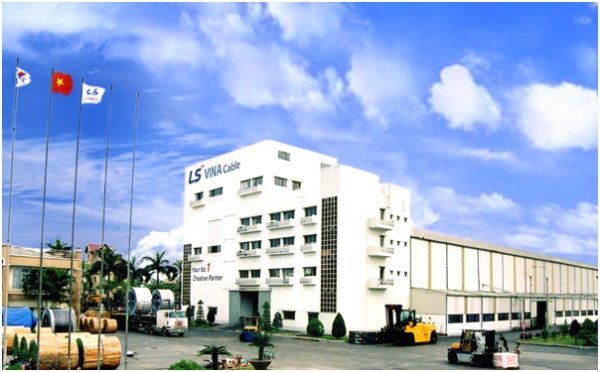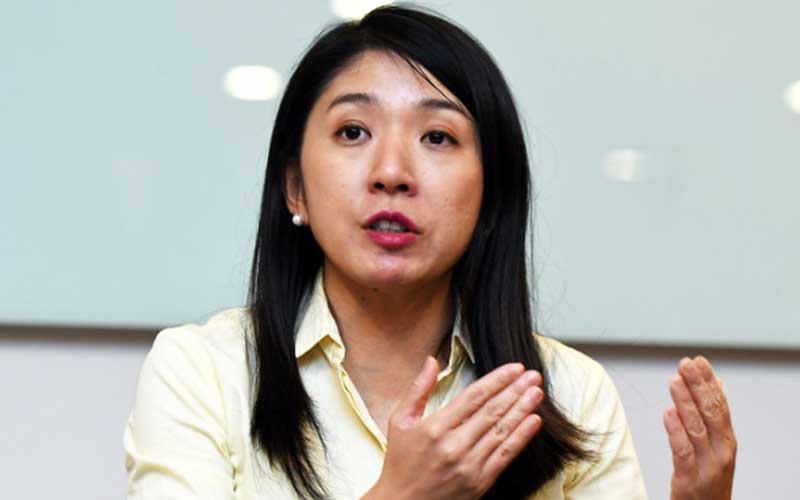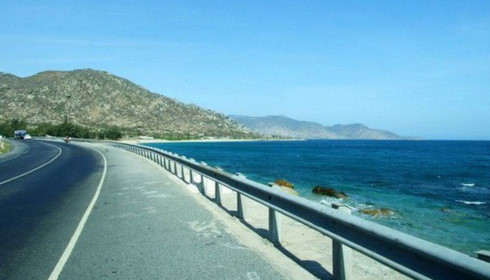Gatchalian, chair of the Senate committee on energy, recently made the call, as he reiterated the importance of a sound policy and regulatory framework for e-vehicles that would foster the adoption and eventual acceptance of these vehicles in the Philippines.
During a recent Senate energy committee hearing on Senate Bill No. 2137 or the Electric Vehicles and Charging Stations Act, Gatchalian questioned the DOE why the agency has minimally produced policy instruments that would help spur the growth of e-vehicles even though it is promoting its use.
“Moving forward, we want to see research. Of course, this will not be without opposition. There will be opposition, let’s expect that. But we have to clearly explain the advantages of promoting e-vehicles,” Gatchalian said.
“I expect the DOE – which is a much larger organization – should have that data. Hindi naman ho tayo puwede mag-promote nang wala ho tayong basis, (We cannot promote without any basis),” the senator pointed out.
The lawmaker said it is imperative to come up with a comprehensive plan to ensure the promotion of the adoption of electric vehicles and the sustainability of the e-vehicle ecosystem in the long run.
“The advantages of e-vehicles…should be quantifiable, or else, it’s very difficult to convince people that this is actually beneficial,” he told the DOE.
Senate Bill No. 2137 aims to address the challenges to the development of the electric vehicle industry by instructing the DOE to create an electric vehicle roadmap and distribution utilities to incorporate a charging infrastructure development scheme in their “Power Development Plan.”
Gatchalian, who filed the measure, said the bill seeks to solve the entire supply chain of e-vehicles, including one of the most important components—the charging stations.
Under the bill, private and public buildings and establishments would be required to have dedicated parking slots with charging stations. It also mandates open access for the installation of charging stations in gasoline stations.
The measure also seeks to expand non-fiscal incentives—such as exemption from number coding and prioritization in registration—and institutionalizes time-bound fiscal incentives for manufacturers and importers of electric vehicles.
Gatchalian said he believes that the Philippines will become less dependent on oil importations if the transport sector adopts the use of e-vehicles.
“At the same time we would reduce dollar outflows, mitigate greenhouse gas emissions, create more jobs for Filipinos,” he said.
The lawmaker noted that presently, the transport sector was the biggest contributor to the country’s total energy consumption, accounting for more than one-third or 37.2 percent.
Data from the DOE shows that the transport sector is also a major consumer of petroleum products, consisting of 25.72 percent of the total 75,370.50 barrels that were consumed in 2016.
Data provided by the Philippine Statistics Authority (PSA) show that 99.48 percent or 8,039,233 out of 8,081,224 of motor vehicles in the country are run by diesel and gasoline, according to the senator.


